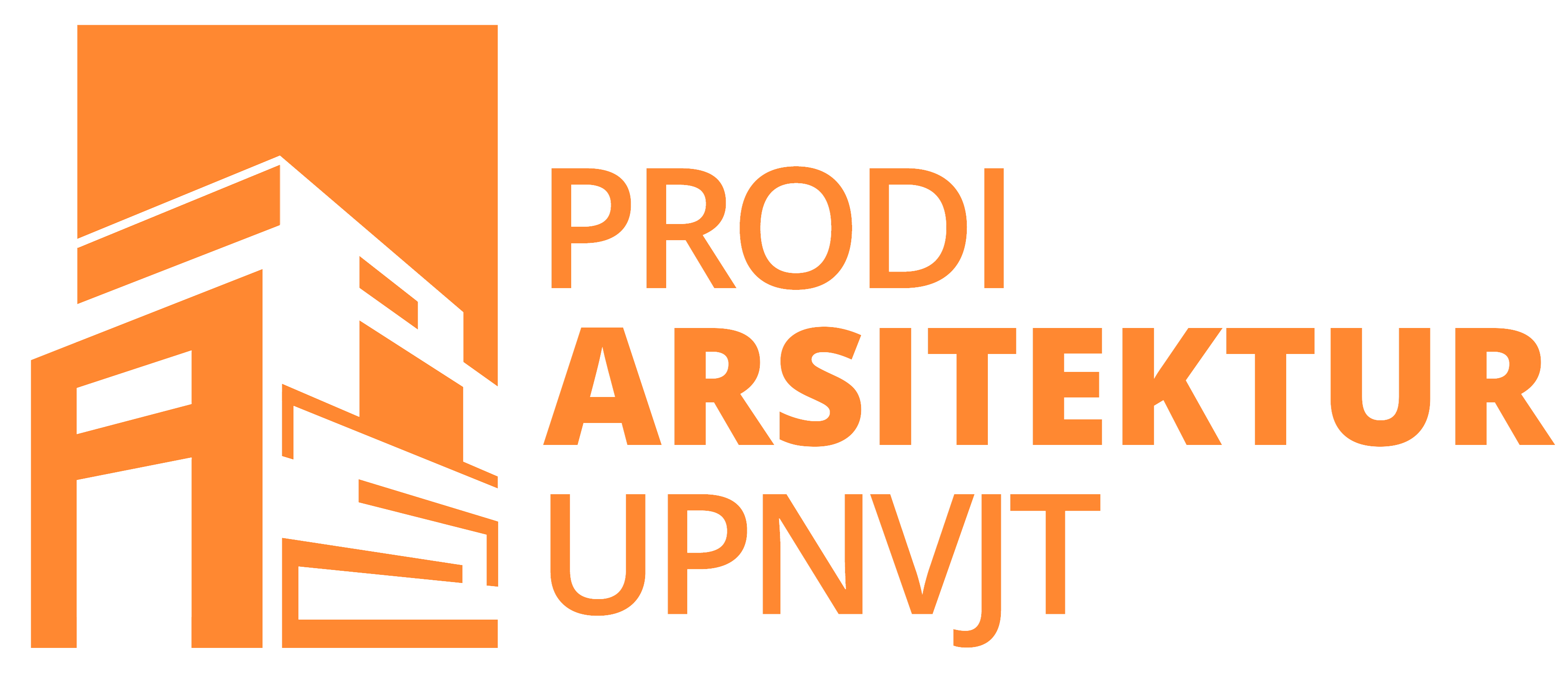THE EXISTENCE OF SINOM HOUSE IN BENDOSARI, KADEMANGAN, BLITAR IN TERMS OF SPACE CONFIGURATION
DOI:
https://doi.org/10.33005/border.v6i2.778Keywords:
Existence, Sinom House, Space ConfigurationAbstract
Traditional houses are important to maintain and explore because the values of wisdom are embedded in them. Sinom House is an architectural manifestation of Javanese people's homes with the characteristic of a pyramid roof shape; in general, Sinom houses can be found in Java. In this study, the object of the Sinom house studied was in Bendosari Village, Kademangan, Blitar, which has the character of a rural area with a rocky mountainous landscape that tends to have hot weather, as well as the characteristics of a community working in agriculture, from these factors resulting in a simpler Sinom house shape in terms of area and spatial configuration. This study aims to identify the characteristics of the existence of the spatial configuration of the Sinom house in the location of Bendosari Village, Kademangan District, where the factors to be identified come from comparative literature sources, namely aspects of floor plan typology, spatial composition, roof shape and structure, and a general description of the research location. As a traditional vernacular residence of the Javanese people, these characteristics can be reviewed from the aspect of the spatial configuration that forms a single unit of the Sinom house. In the aspect of spatial configuration, the variables studied are floor plan typology, spatial composition, and roof structure. The method used in this study is descriptive qualitative in both stages of data collection and analysis. Data collection is done by direct observation, architectural documentation, and interviews as supporting data. The results of this study are expected to deepen the knowledge of Javanese residential architecture in rural areas and can be useful for enriching architectural knowledge and further research.
Downloads
References
Aditya Fitriyanto, D. (2020) ‘Compartmentation Of Production Space: Housing For Fishermen Of Kampung Sukolilo Surabaya Master Programme Architecture Design Specialization Architecture Department Faculty Of Civil Engineering And Planning Sepuluh Nopember Institute Of Technology Surabay’. Available At: Https://Repository.Its.Ac.Id/75669/1/3214207003-Master_Thesis.Pdf.
Bayu Hermawan And Yulianto P. Prihatmaji (2019) ‘Perkembangan Bentukan Ataprumah Tradisional Jawa’, Prosiding Seminar Nasional Desain Dan Arsitektur (SENADA), 2, Pp. 387–393. Available At: Https://Eprosiding.Idbbali.Ac.Id/Index.Php/Senada/Article/View/103.
Djono, Utomo, T.P. And Subiyantoro, S. (2012) ‘Nilai Kearifan Lokal Rumah Tradisional Jawa’, Humaniora, 24(3), Pp. 269–278.
Ekaraga, A.W., Widjajanti, W.W. And Sulistyo, B.W. (2018) ‘The Applications Of Traditional Javanese Architecture With Javanese Philosophy For East Java Cultural Attractions Complex In Surabaya’, IPTEK Journal Of Proceedings Series, 0(6), Pp. 1–5. Available At: Https://Doi.Org/10.12962/J23546026.Y2018i6.4618.
Ekawati, D. (2017) ‘Eksistensialisme’, Tarbawiyah, Pp. 137–153.
Gunawan, Y. (2009) ‘Memahami Ruang Y.B. Mangunwijaya’, Seminar Nasional Jelajah Ruang Nusantara, (1959), Pp. 1–11. Available At: Https://Www.Academia.Edu/33204307/Memahami_Ruang_Mangunwijaya.
Hamka, H. And Winarni, S. (2023) ‘Tipologi Bentuk Arsitektur Rumah Vernakular Di Pulau Jawa’, Nalars, 23(1), P. 49. Available At: Https://Doi.Org/10.24853/Nalars.23.1.49-58.
Hanifati, K. And Harjoko, T.Y. (2020) ‘Arsitektur Sebagai Fenomena Kehadiran Manusia’, Prosiding (SIAR) Seminar Ilmiah Arsitektur, 8686, Pp. 130–138. Available At: Https://Publikasiilmiah.Ums.Ac.Id/Handle/11617/12054.
Indrawan, I.A., Faqih, M. And Purnomo, H. (2019) ‘IDENTIFIKASI PERUBAHAN BANGUNAN SEBAGAI PROSES EVIDENCE-BASED DESIGN DALAM PERANCANGAN RUMAH SAKIT’, BORDER Jurnal Arsitektur, 1(1), Pp. 51–59.
Kartono, J.L. (2005) ‘Konsep Ruang Tradisional Jawa Dalam Konteks Budaya’, Dimensi Interior, 3(2), Pp. 124–136.
Kusmayadi, Y. (2015) ‘Eksistensi Masyarakat Etnik Sunda Di Desa Cimrutu Kecamatan Patimuan Kabupaten Cilacap’, Jurnal Artefak, 3(2), Pp. 161–172.
Manuchehr, S. (2022) ‘The Definition Of Typology And Its Usage’, Science And Innovation, 2, Pp. 52–54. Available At: Https://Cyberleninka.Ru/Article/N/The-Definition-Of-Typology-And-Its-Usage-In-Different-Disciplines/Viewer.
Muhadiyatiningsih, S.N. And Fathonah, S. (2020) ‘Dimensi Estetika Dan Identitas Budaya Dalam Bangunan Keraton Surakarta’, Fikrah, 8(1), P. 73. Available At: Https://Doi.Org/10.21043/Fikrah.V8i1.6525.
Rohmah, K.R. (2020) ‘Wujud Kebudayaan Jawa Dalam Bentuk Rumah Limasan’, Nazharat: Jurnal Kebudayaan, 26(02), Pp. 388–405. Available At: Https://Doi.Org/10.30631/Nazharat.V26i02.35.
Rooseandriantini, J., Santoso, A.N. And Ambarwati, C.N. (2019) ‘Tipologi Bentuk Atap Pada Arsitektur Jawa’, JA!UBL, 9 Nomor 2(1), Pp. 1–14.
Sari, W.E., Antariksa And Ridjal, A.M. (2016) ‘Bentukan Visual Arsitektur Rumah Sinom Di Kelurahan Kertosari – Ponorogo’, Jurnal Universitas Brawijaya, 4 No. 3, Pp. 1–6.
Sulistyani, A.P. Et Al. (2019) ‘Eksplorasi Etnomatematika Rumah Adat Joglo Tulungagung’, Media Pendidikan Matematika, 7(1), P. 22. Available At: Https://Doi.Org/10.33394/Mpm.V7i1.1537.
Suneki, S. (2012) ‘Dampak Globalisasi Terhadap Eksistensi Budaya Daerah’, II(1), Pp. 307–321.
Susilo, G. (2015) ‘Transformasi Bentuk Arsitektur Jawa’, Spectra, XIII(25), Pp. 13–26.
Weichart, G. (2020) ‘Javanese Architecture Between Heritage And Mobility’, Fabrications, 30(1), Pp. 25–43. Available At: Https://Doi.Org/10.1080/10331867.2020.1726626.

















